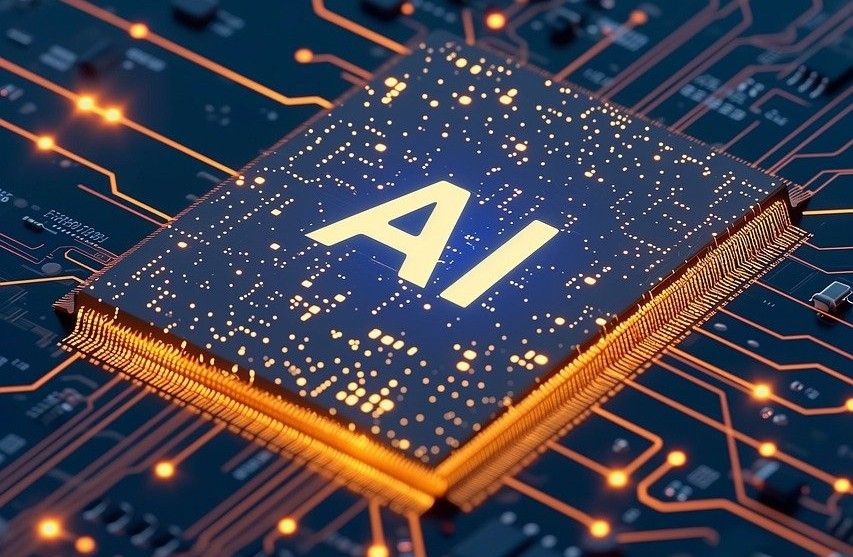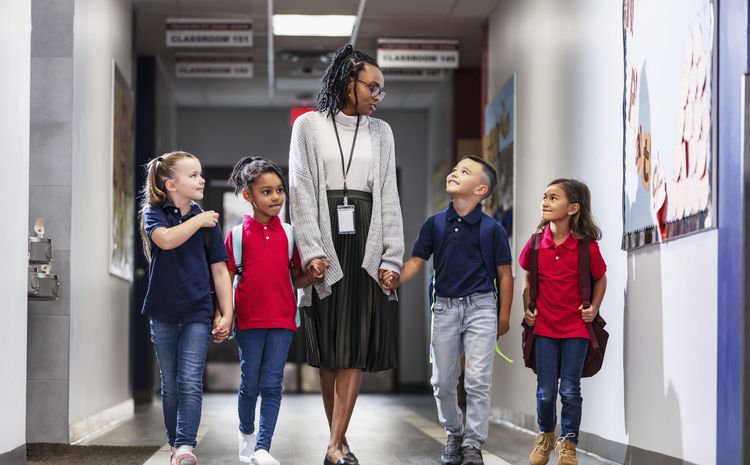As a growing number of students utilize artificial intelligence (AI) for educational objectives , an “abstinence-based” policy is not a viable course onward for school and area leaders. Rather, we ought to focus on developing an atmosphere in which pupils and instructors use this effective technology safely.
At the yearly Deeper Discovering New York City (DLNY) seminar , held by Ulster BOCES and focused on the theme “Leading for Deeper Understanding,” we just recently presented a Deep Dive session on using AI in the class. In this wide-ranging half-day session, we reviewed just how AI’s capacity to aggregate and evaluate large quantities of details enables teachers and trainees to tailor training and discovering– however just when it is utilized sensibly.
Here are a few of the essential takeaways from the informative conversations we had with area leaders at DLNY.
Our presentation began with an interactive video game program in which we asked individuals to identify whether an offered item of job was created by AI or by a human. We called it “The Robot or otherwise Game Program.” The objective was to stimulate a discussion regarding AI and challenge typical assumptions relating to the modern technology. For some instructors, AI has a comparable status as calculators did when they were initially presented: it seems like a shortcut that bypasses real understanding. Of course, that perspective changed and calculators are commonly viewed as essential devices. We see AI as a device for finding out similarly that probes are a tool in scientific research courses: it changes the method pupils do the job, but it does not do the benefit them.
We discussed just how AI is in a duration similar to the very early days of social networks. Some instructors have embraced what we call “abstinence-based” policies, but our hope is that institutions won’t miss out on the chance to embrace AI in the way that much of us missed the chance to make use of social networks as a mentor device. To do that, of course, instructors and trainees need guidance from college district leaders.
Our district has had lots of discussions regarding how best to sustain responsible use AI. While we do not yet have strict, composed standards in place yet, we stay focused on trainee information privacy and scholastic honesty. Our general guideline for instructors is,” Unless the tech division has actually acquired the tool, don’t input any kind of student information into it.
While we advise our instructors to be cautious, we make use of multiple AI devices to produce creative job, and urge pupils to leverage AI to improve their imagination across different mediums. As an example, in imaginative writing, utilizing Grammarly releases students to focus on sharing their ideas as opposed to bothering with grammatic errors.
Another device we make use of to support mentor and understanding is School AI Among its most noteworthy attributes is its pupil encountering generative crawler that doesn’t just produce text– it asks assisting inquiries to assist pupils create and refine their own concepts and clarify misconceptions. The objective is to boost the learning process instead of do the work for them, developing a customized learning experience that imitates individually mentor. A terrific instance of this technology in action is in unique education and learning, where instructors can input IEP goals in the program, such as composing purposes, and the chatbot will act as a customized tutor, directing pupils to satisfy their objectives and providing customized assistance in the process.
One more device we utilize in our district is Ink Cord , which aids students in producing profiles for their work in STEM programs. In this technology, AI takes more of an encouraging function, assisting teachers with lesson planning and trainees with refining their writing for their profiles. The function of these technologies is clear: while they take care of some of the more laborious jobs, they do not change the work pupils need to do to learn. Rather, these tools aid customize direction and improve processes, enabling trainees and teachers to concentrate on teaching and knowing.
A Hippocratic Oath for AI
We presented an appealing concept during our session: an instructor’s Hippocratic Vow for AI. While still in its onset, the concept focuses on promoting open discussions regarding the responsible and honest use of AI in the class– something our company believe was missing throughout the increase of social networks, when some instructors were told, “Do not discuss it, don’t let students utilize it,” which led to kids making mistakes on social media. As instructors, it’s our task to educate trainees how and when to utilize AI, just as it’s our task to educate children exactly how to be safe, exactly how to be great individuals, and exactly how to interact with others.
During the conference, as holds true in our area, the consensus was that an abstinence-based AI policy is not the most valuable strategy for educators and pupils. Engaging in discussions concerning just how to make use of AI and having an open mind to reframe principles such as production, plagiarism, and unfaithful will certainly be a lot more efficient than simply saying “no.” Prior to the existing academic year began, our area held a two-day workshop with 40 educators from a variety of disciplines including, K- 12, special education and learning, and reading. We talked about AI through the lens of trainee personal privacy.
As AI remains to advance and educators find out to accept it, we’re deeply delighted about its possibility. The teachers that signed up with the workshop felt the problem of obligation to get the word out concerning AI. We look forward to seeing exactly how we can change educators’ frame of minds and help our trainees understand when and how to make use of (and not to utilize) AI.


